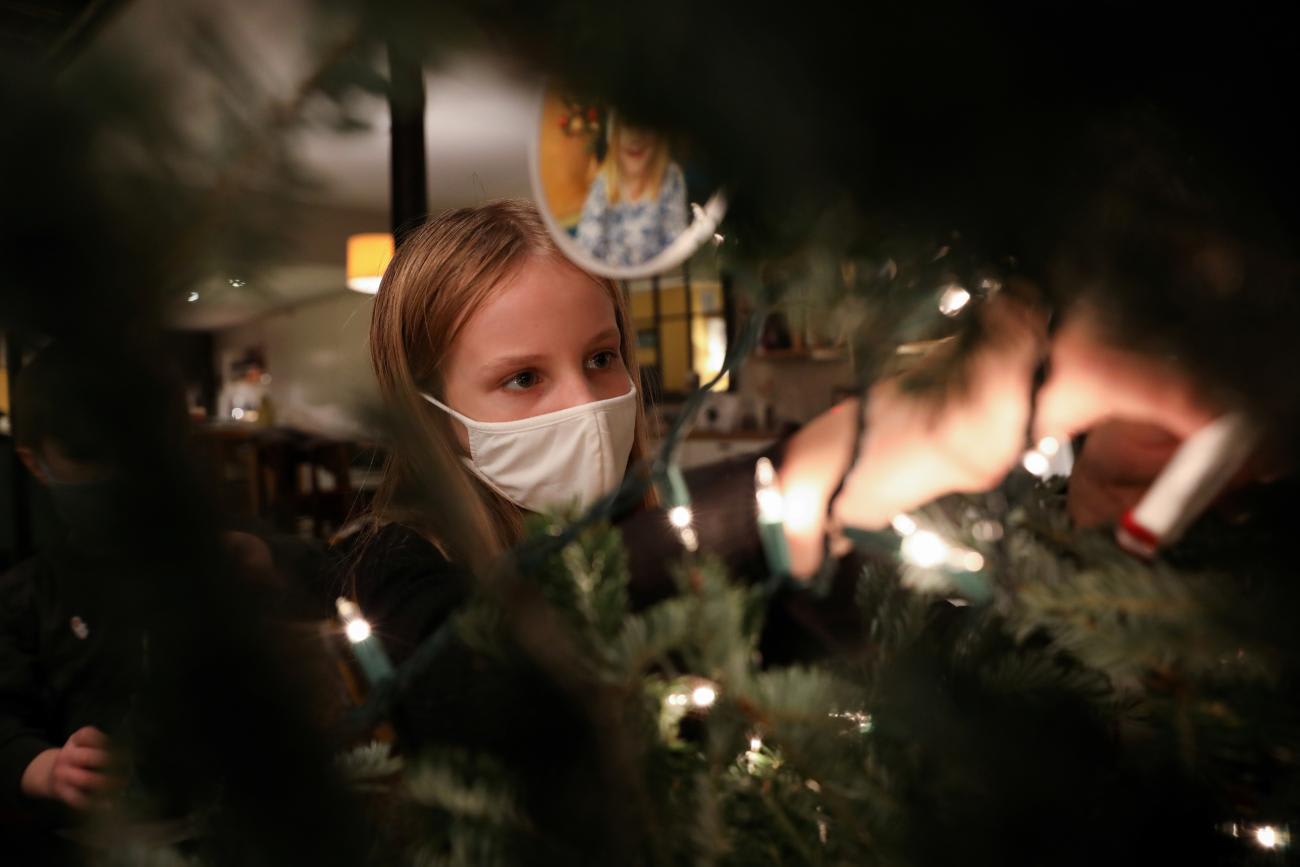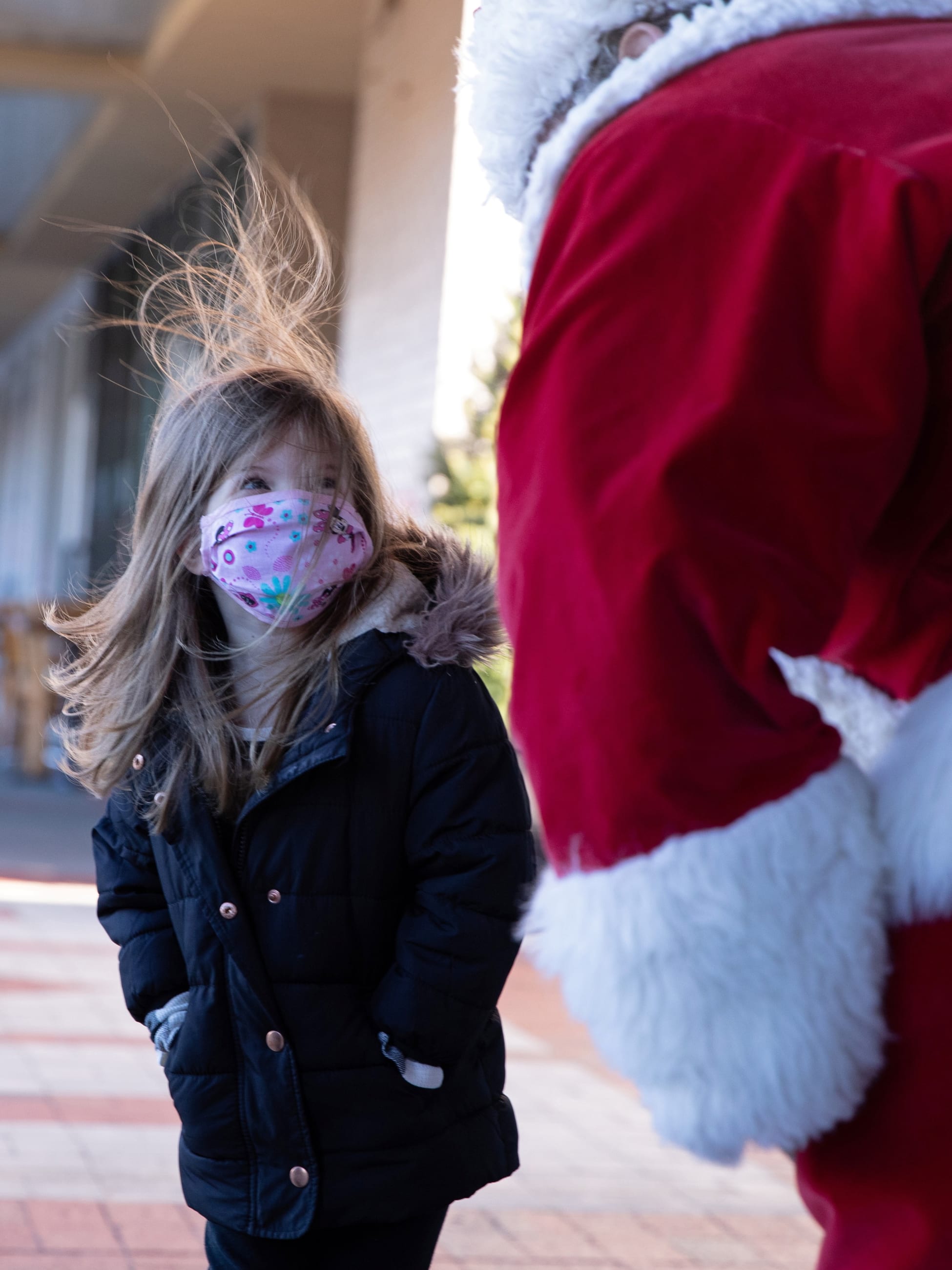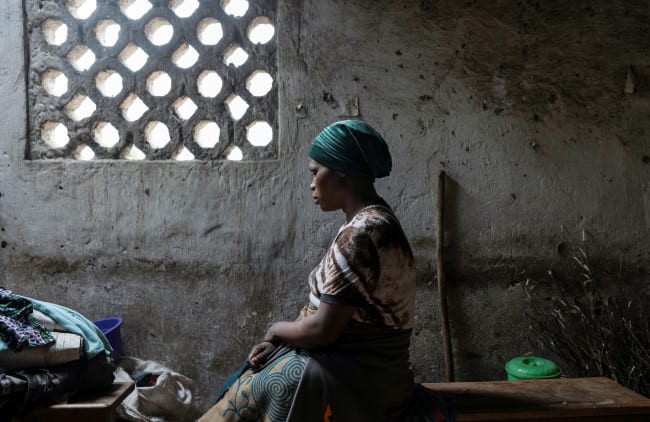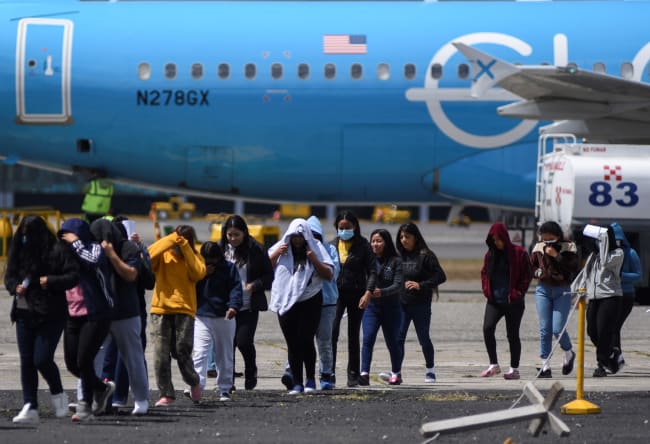"Merry Christmas, Merry Christmas! Where's the pork and fruitcake?"
That's a familiar cry of a holiday tradition that we call "house to house" where I grew up in the Caribbean. From 5 a.m. through Christmas day and into the wee hours of the following day, we visit family, friends, and neighbors, consuming large amounts of food and drink. Similar traditions of gathering and sharing exist around the world. But this year many of us will experience a holiday season like none before it.
We've spent months adjusting our lives to the COVID-19 pandemic, but as the holidays approach, tired out and keening for traditions with loved ones, and with the possibility of a vaccine just around the corner, it's easy to drop our guard. Many may be tempted to "relax," so it's up to us to remind our friends and family to continue to adhere to safety guidelines. Abiding by these guidelines will increase the possibility that maybe next year our beloved "house to house" will take place.
It's up to us to remind our friends and family to continue to adhere to safety guidelines
COVID-19 continues to surge, and is forecasted to kill nearly three million people globally by April 1, 2021 according to the Institute for Health Metrics and Evaluation. Mask wearing and social distancing will remain crucial for saving lives until vaccination is widespread — and that's unlikely to happen until mid-2021 in many high-income countries, and much later in low-and middle-income countries. How do we make sure our messages are heard during this critical time?
To keep ourselves safe this holiday season, we'll need to apply techniques of risk communication. According to the World Health Organization, risk communication is "the exchange of real-time information, advice and opinions between experts and people facing threats to their health, economic or social well-being." Its ultimate purpose is to enable people to make informed decisions to protect themselves and others

So while we may not be experts, we have lived with COVID-19 for the better part of a year and can assist in keeping each other safe. How do we get our friends and family to take precautionary measures without adding unnecessarily to their fear and anxiety? To persuade them, we can learn from widely used public health risk communication models. There are four major risk communication theories: trust determination theory, mental noise theory, negative dominance theory, and risk perception theory.
Whether you have determined that the time is right to begin a conversation or you have suddenly found yourself embroiled in one, here are some tips to consider.
Don't be alarmed if your counsel to ensure that the hand sanitizer is at least 60 percent alcohol isn't well-received
Lead with empathy. Convey that you care before attempting to persuade. People who are stressed or anxious tend to distrust the messenger, which greatly undermines the message. So your counsel to ensure that household hand sanitizer contains at least 60 percent alcohol may be greeted with even more skepticism than normal. To counteract this, you should show empathy: don't criticize when you encounter dissent. Instead, reassure the listener that you understand their concern and that you are all in this together. Acknowledge that the pandemic is frustrating for everyone. Offer a reminder that the best course of action is the one that keeps everyone safe.
Keep it short. People who are stressed, for example by the threat of illness or loss of income, have difficulty understanding and remembering information, including life-saving pointers you may be sharing. Therefore, to increase your chances of being heard and understood, try to limit yourself to no more than three points at a time. Do not overwhelm them with all your knowledge; think tablespoon, not gallon jug! You should also repeat these messages and try to include some visuals (act out, show pictures, draw, start an outdoor game of coronavirus charades!)

Focus on the positive. People who are stressed tend to have an overly negative view therefore, when speaking to them, use positive words as much as possible. Offer a glass half-full viewpoint to counter their glass half-empty perspective. The negative dominance theory states that one negative word is as powerful as three positive ones, so choose your words carefully!
Everyone can lower the risk of contracting or transmitting COVID-19 by taking actions like the three Ws: wash hands, watch distance, wear a mask.
Emphasize agency. People feel most vulnerable when they perceive risks as unavoidable, inequitably distributed, and out of their immediate control. Therefore, try to highlight the power they have over the circumstances– for instance, by pointing out that every person can lower the risk of contracting or transmitting COVID-19 by taking actions like the three Ws: wash hands, watch distance, wear a mask. Emphasize that if you must gather, it's safer to gather outdoors instead of indoors. The important thing is to impart a sense of agency – actions can have positive consequences!
The best consequence of our actions this season would be a safe return to our cherished "house to house" next Christmas. Remember that we're all in this together—we can make that happen! As you try to persuade your family and friends, keep in mind that a journey of a thousand miles begins with a single step. Don't expect everyone to be on the same page as you from the first conversation. This year, perhaps providing some strategic food for thought is enough.

EDITOR'S NOTE: The authors are employed by the University of Washington's Institute for Health Metrics and Evaluation (IHME), which produced the COVID-19 forecasts described in this article. IHME collaborates with the Council on Foreign Relations on Think Global Health. All statements and views expressed in this article are solely those of the individual authors and are not necessarily shared by their institution.












